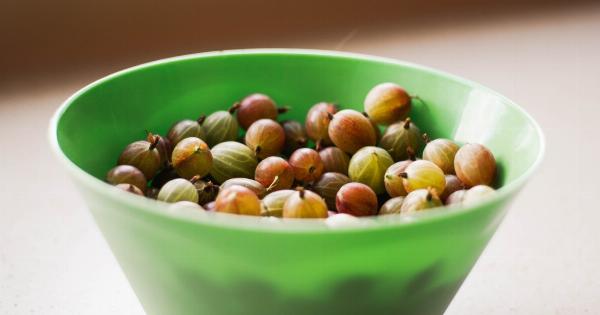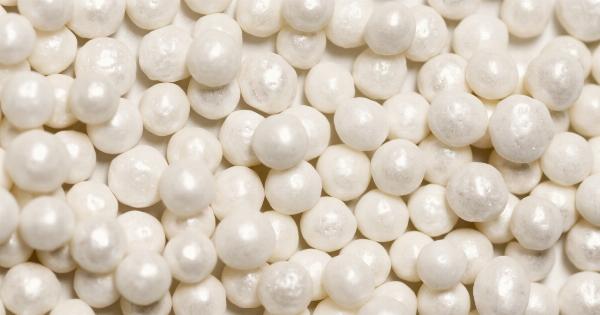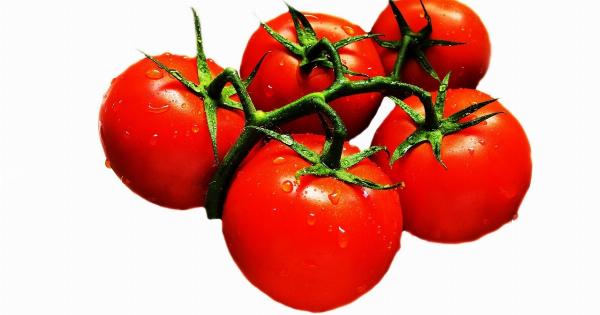Magnesium is an essential mineral that plays a vital role in the body’s overall health and well-being. It is important for several processes such as nerve and muscle function, blood pressure regulation, and bone health.
While magnesium is found in various foods and supplements, the recommended daily intake varies based on age and gender.
The following list provides the recommended daily intake of magnesium according to age:.
- Infants 0-6 months: 30mg/day
- Infants 7-12 months: 75mg/day
- Children 1-3 years: 80mg/day
- Children 4-8 years: 130mg/day
- Children 9-13 years: 240mg/day
- Teens 14-18 years (boys): 410mg/day
- Teens 14-18 years (girls): 360mg/day
- Adults 19-30 years (men): 400mg/day
- Adults 19-30 years (women): 310mg/day
- Adults 31 years and over (men): 420mg/day
- Adults 31 years and over (women): 320mg/day
- Pregnant women: 350-360mg/day
- Breastfeeding women: 310-320mg/day
What foods contain magnesium?
While magnesium supplements are available, it is always best to get nutrients from natural sources, such as food. The following are some of the best food sources of magnesium:.
Leafy Greens
Leafy greens are an excellent source of magnesium. These include spinach, kale, swiss chard, collard greens, and turnip greens.
Just one cup of cooked spinach provides 157mg of magnesium, which is 39% of the daily recommended intake for men, and 50% for women.
Nuts and Seeds
Nuts and seeds are also a good source of magnesium. These include almonds, cashews, pine nuts, pumpkin seeds, and sunflower seeds.
Just one ounce of almonds contains 80mg of magnesium, which is 20% of the daily recommended intake for men, and 26% for women.
Whole Grains
Whole grains are a rich source of magnesium. These include brown rice, quinoa, oats, whole wheat bread, and bran cereal. One cup of cooked quinoa provides 118mg of magnesium, which is 30% of the daily recommended intake for men, and 38% for women.
Fruits and Vegetables
Most fruits and vegetables contain a small amount of magnesium, but some are more concentrated than others. These include bananas, avocados, figs, and dried apricots.
Seafood
Seafood is also a good source of magnesium. These include halibut, salmon, and mackerel. A 3-ounce serving of cooked halibut provides 90mg of magnesium, which is 23% of the daily recommended intake for men, and 29% for women.
Conclusion
Magnesium is an essential mineral that the human body needs to function correctly. It is required for several processes such as nerve and muscle function, blood pressure regulation, and bone health.
It is always best to obtain this mineral from natural sources such as food, and the recommended daily intake of magnesium varies based on age and gender. Incorporating magnesium-rich foods into your daily diet is a great way to ensure that you meet these requirements.





























